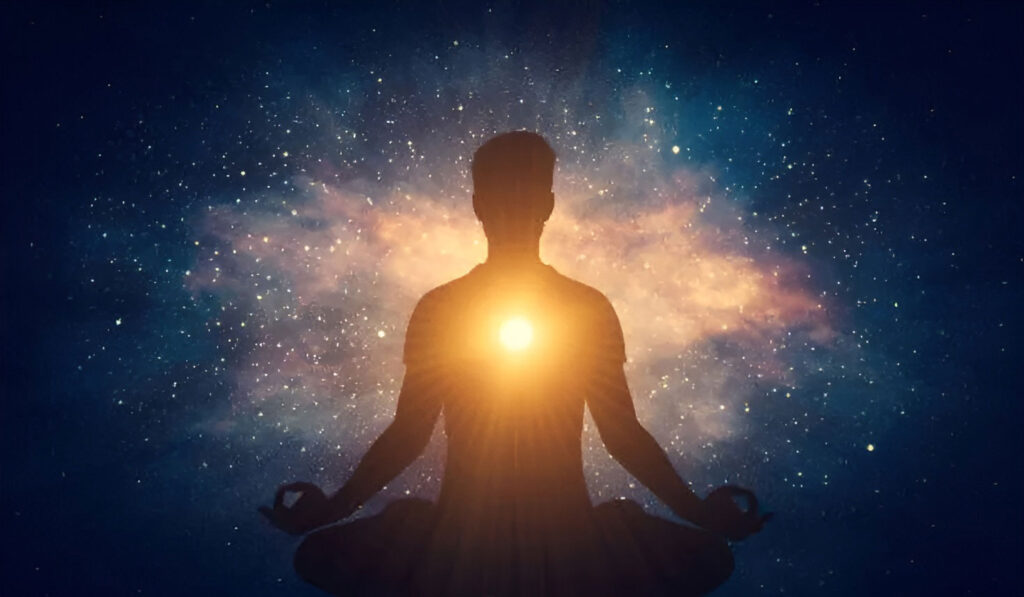WHAT IS “HUMAN LIFE” Part-6
What is a human?
PREFACE
The homo sapience is constantly evolving into more and more intelligent being on the earth. The word itself means “wise man” or “knowledgeable man”. ’Homo’ is the Latin word for ‘human’ and sapiens is derived from Latin word which means wise or ‘astute’. Various definitions are available for human. (Reference-5:1:1) Homo-sapiens sapiens is the sub species that originates from Homo-sapiens. These sub species consist of only modern human and scientific for human. (Reference-5:1:2)

Definition –
“ Any living or extinct member of the family Hominidae characterized by superior intelligence, articulate speech, and erect carriage” (Reference-5:2).
“A human being ,A person ; a member of this species Homo sapiens or other(extinct) species of the genus Homo”. (Reference-5:3)
Let me consider science and philosophy of human in first place, spiritual and religious aspect in second.
“The Human” – Biology
Before going in to the intricacies of the science and philosophy of human let me look into the basics of human body. The topic of the biology of human is vast and endless which we are still trying to understand through several researches. As commonly believed human life starts with conception inside mother womb and ends with physical death and passes through various stages of growth and development till adulthood.
Ancient Outlook
- a) Egyptian
Before science came into play, notion on composition of human body was subjected to the belief system of the then culture and religion of different societies. Ancient Egyptian period (from 2686 B.C., the old kingdom period, to 343 B.C., end of pharaonic dynasty, which ended with death of the ‘Alexander the great’) was rich in knowledge of mathematics, astronomy, medicine and engineering. Having advanced civilization, they believed that the body is made up of 4 elements earth, air, fire and water.
- b) Greek Civilization
Classical Greek civilization was spread between 5th century B.C.E. to 4th century B.C.E. and also rich in science, philosophy, politics and arts. They believed all matter including body is made up of 4 elements. Earth, water, Fire and Air. Aristotle (384 B.C. E to 322 B.C. E) believed in something deeper and postulated that body is made up of different organs. Each organ carries specific function, the Heart being the most important for circulation of the blood throughout the body.
c)Indian Philosophy
The philosophy on human body is deeply rooted with scriptures like Veda and Upanishad. In Sariraka Upanishad and Ayurveda there is elaborate description and philosophical analysis on human body and its relation to soul, birth and death (Reference-5:4:1). Adi Shankaracharya (around 788 C. E and 820 C.E) (Reference-5:4:2) made postulation on the subject and developed two famous treaties, tattvabodha and panchikaranam (Reference-5:4:3).Ayurveda a traditional system of medicine originated in India between 3000 to 5000 years ago. It is considered as an ‘Auxiliary text’ associated with Atharva Veda. According to its philosophy everything in the universe including the human is made up of 5 elements,(Prithvi,Jala,Tejas,Vayu,Akasha)
Prithvi -earth, elements represent bone, teeth, nail and hair.
Jala – water, associate with blood, lymph and body fluid
Tejas – Fire, metabolic process, digestion, energy production
Vayu – Air, movement of breath and nervous system activity
Akasha – Ether, represent space in the body and channels through which the life forces flow.
This type of concept is also described in Ayurvedic text ,such as Charka Samhita and Sushruta Samhita .Charka Samhita originated between 100BCE to 200 CE(Reference-5:4:4) and Sushruta Samhita between 6th century BCE to 3rd/4th century AD(Reference-5:4:5) .These 5 elements in our body makes combination forming three Dosas (Constitution),Bata, Pitta and Kapha .These three dosas are dynamic forces present in relative amounts in each individual as normal .They are responsible for regulating our mental, physical and emotional process. Imbalance can cause ill health and can be corrected by inducing therapies which include diet, herbal remedies, message and meditation
i)Vata – air and ether elements are combined to form Vata. It is responsible for normal movement and communication includes nervous system and blood circulation
ii)Pitta – composed of fire and water responsible for metabolism, digestion and transformation
iii)Kapha – composed of ether and water responsible for stability, structure and lubrication
This philosophy is passed down through generations as family inheritance or through general practice. It is still practised in many parts of the world.